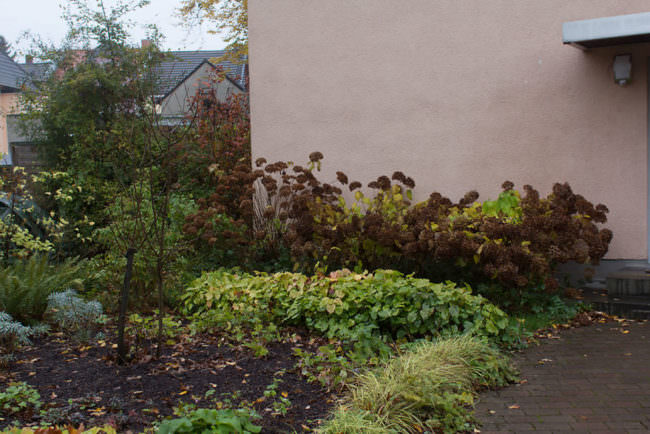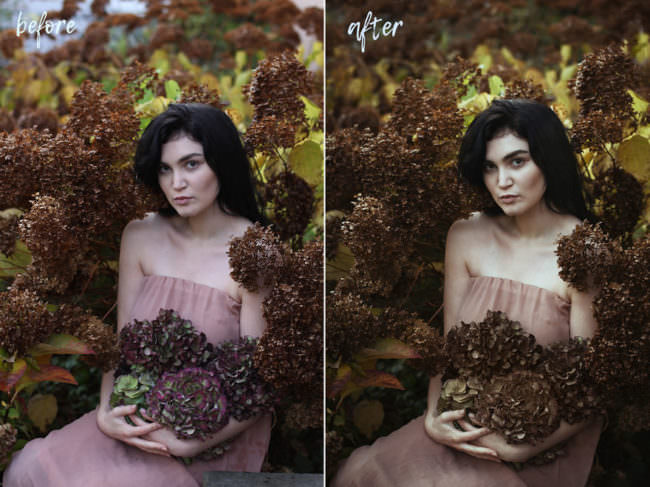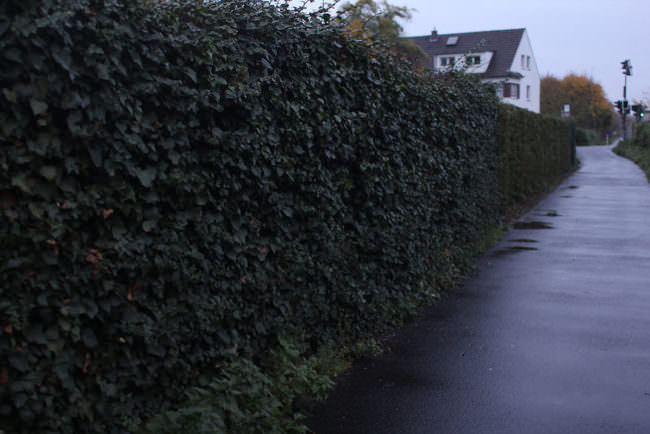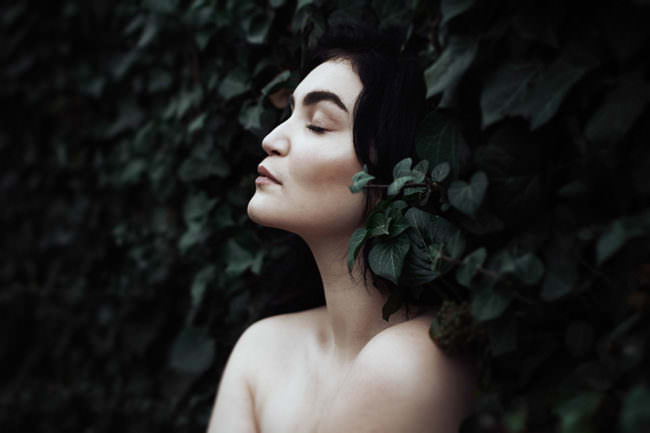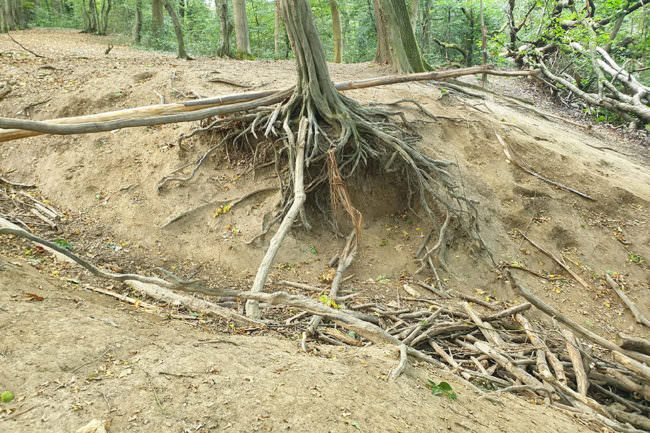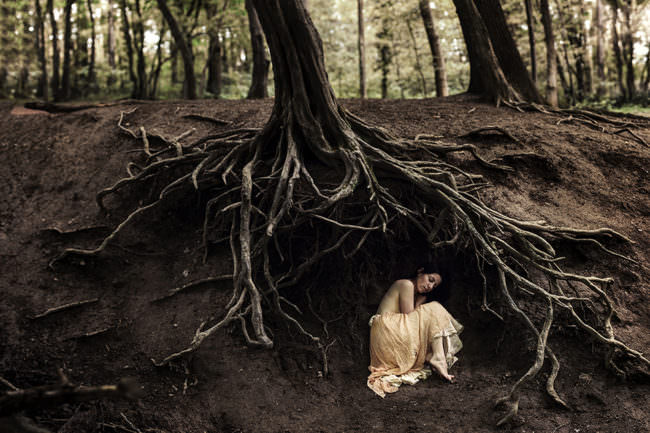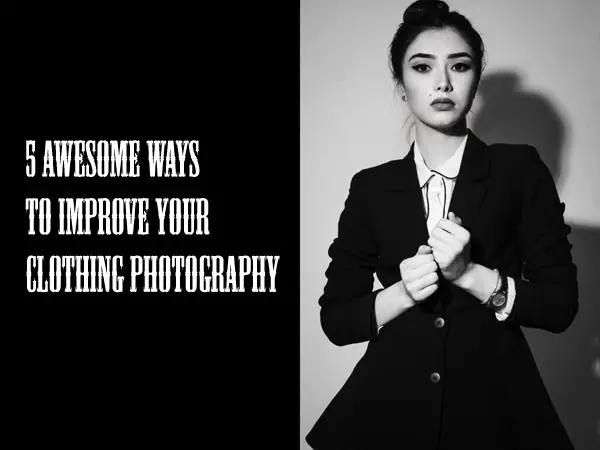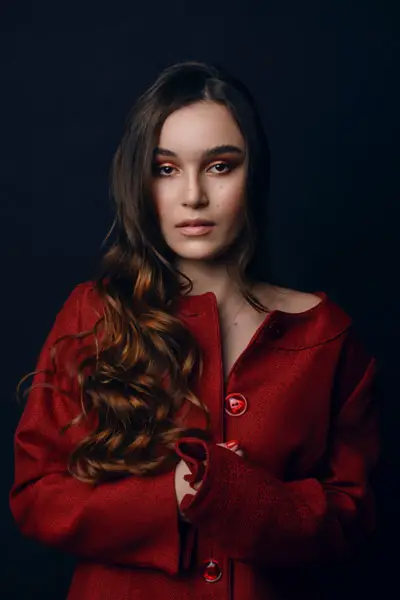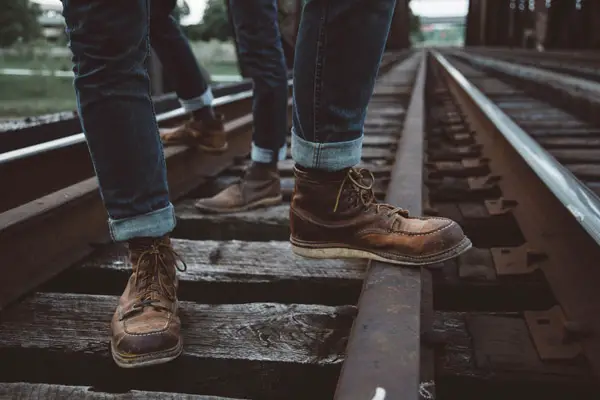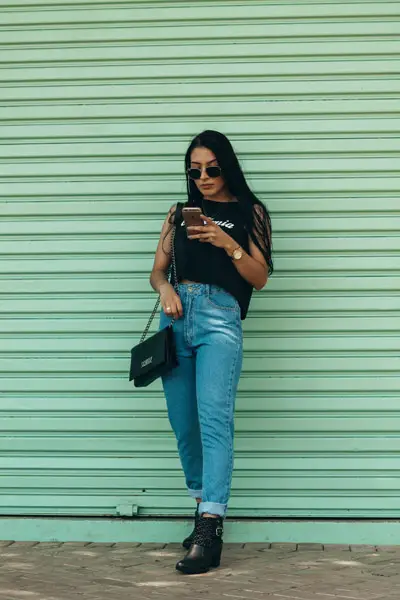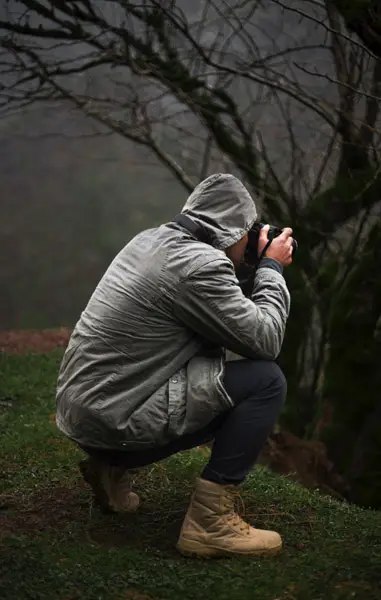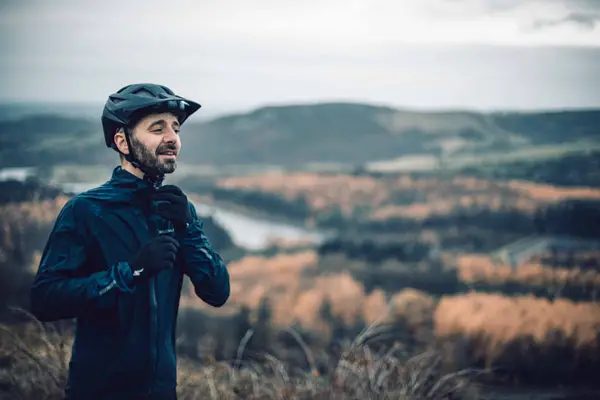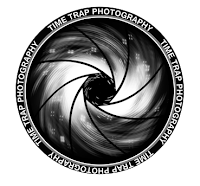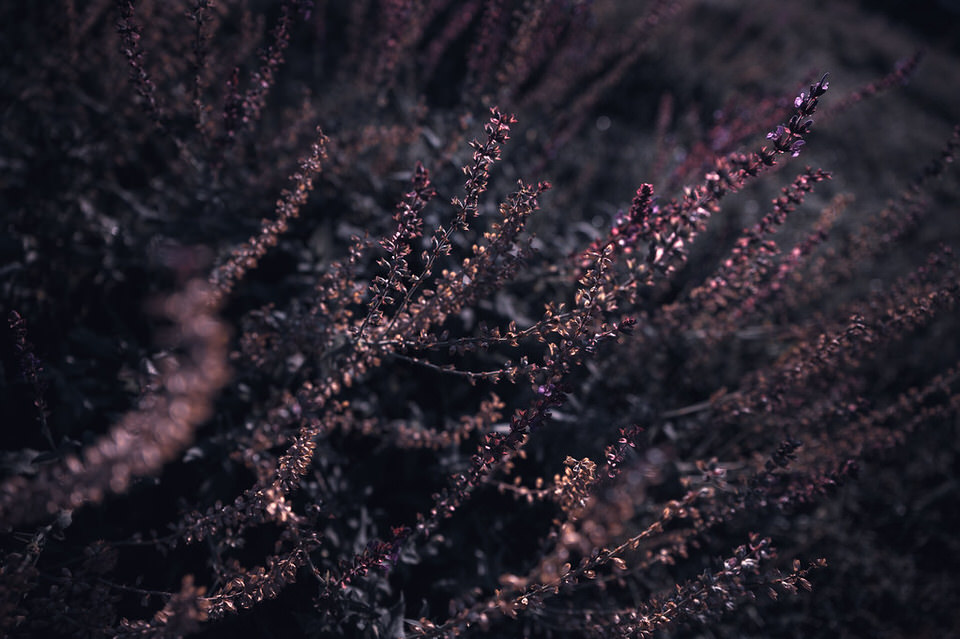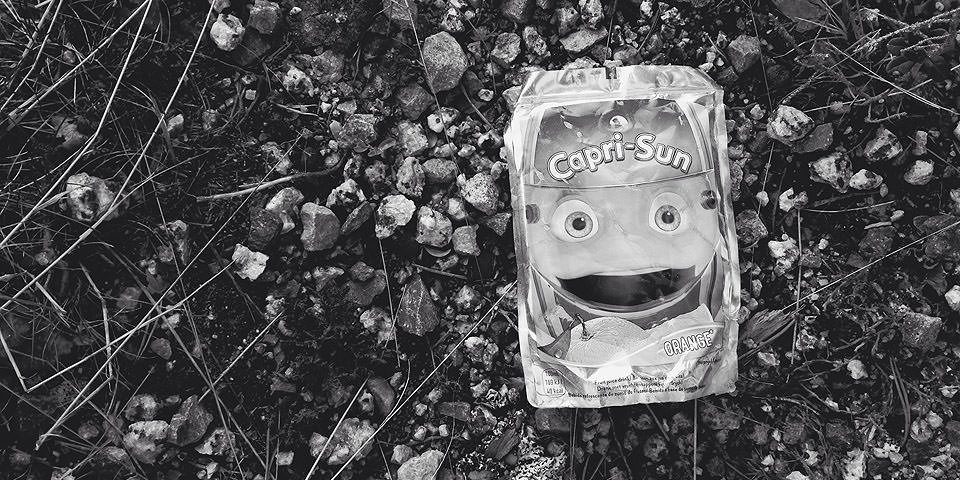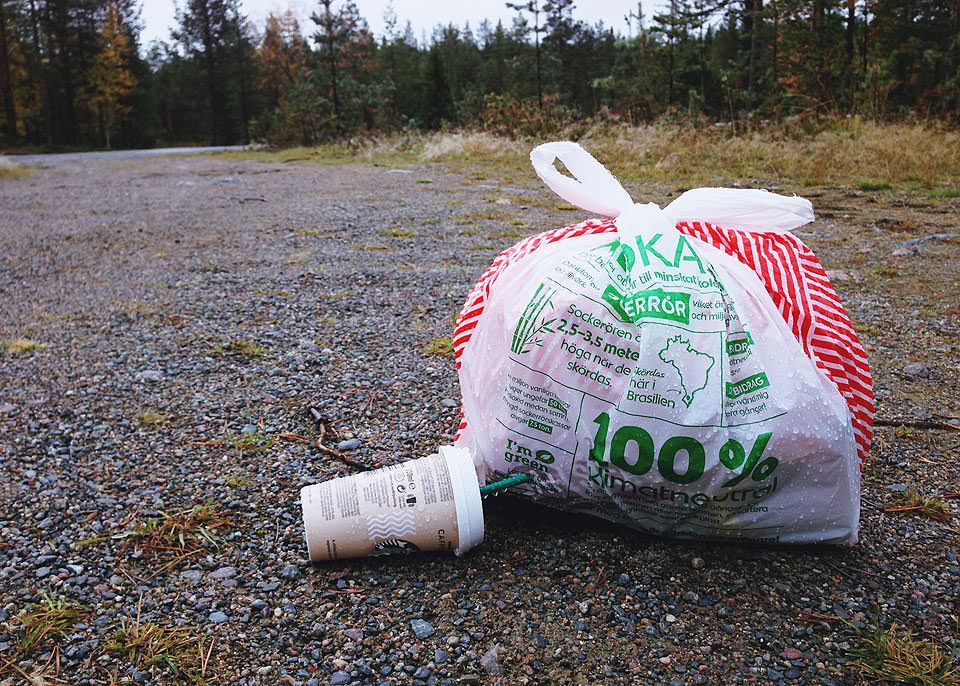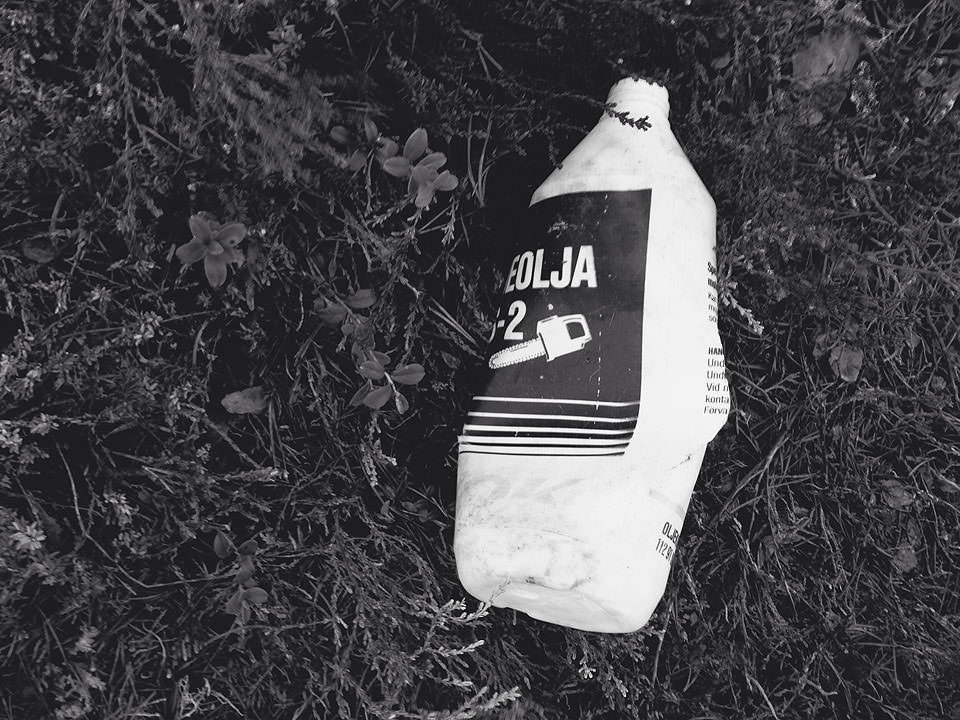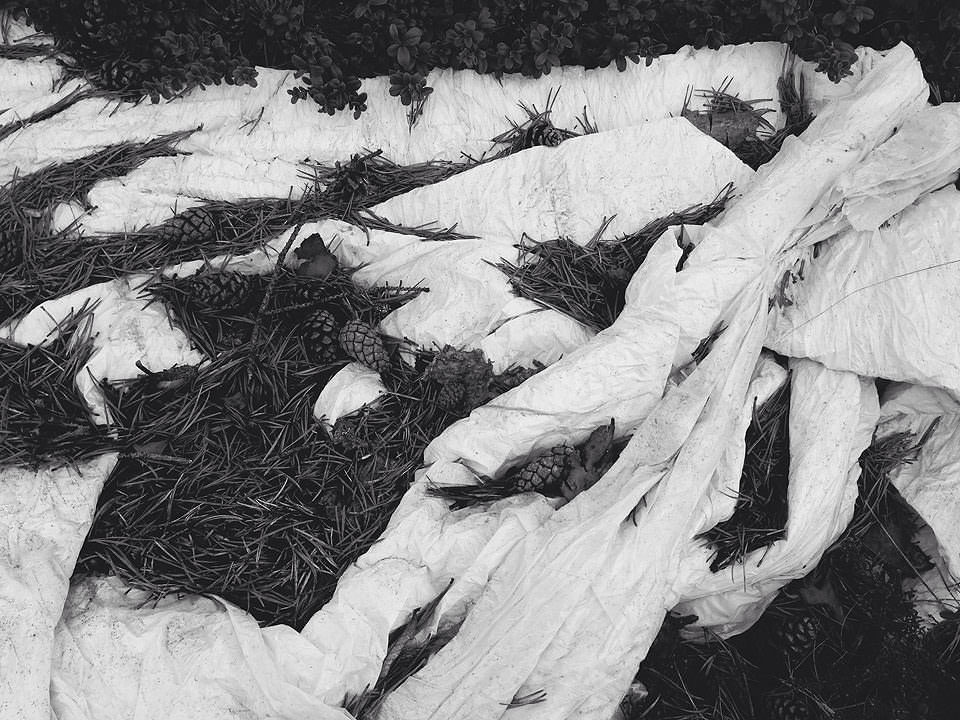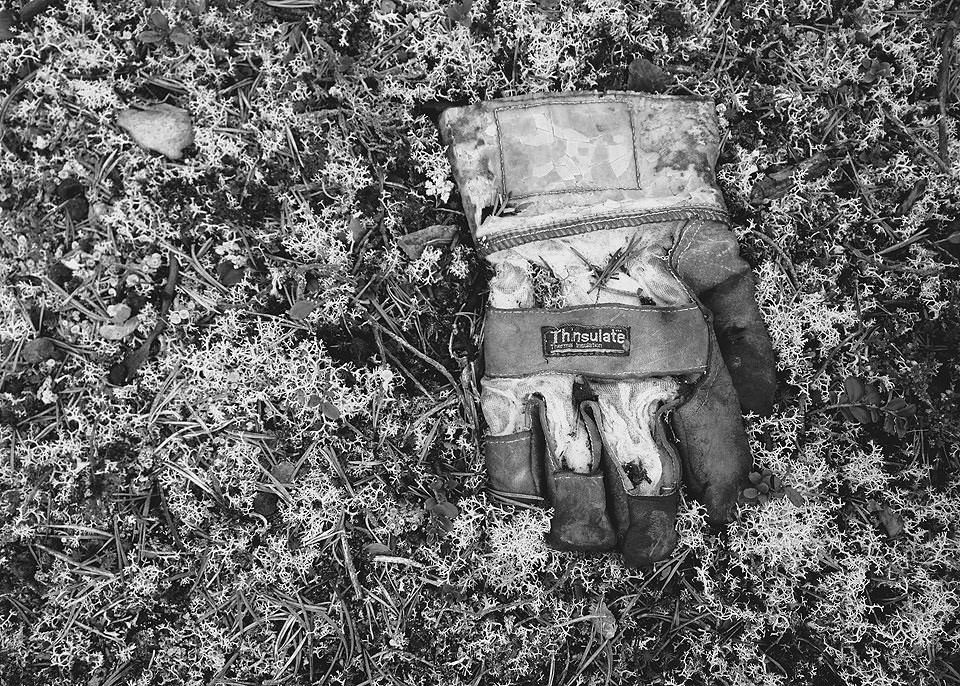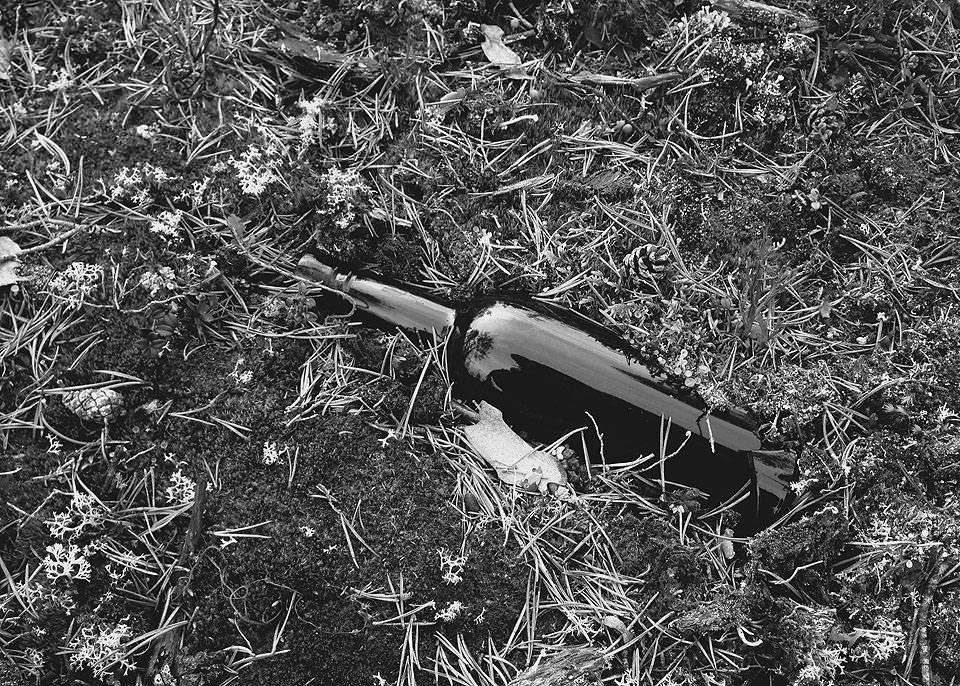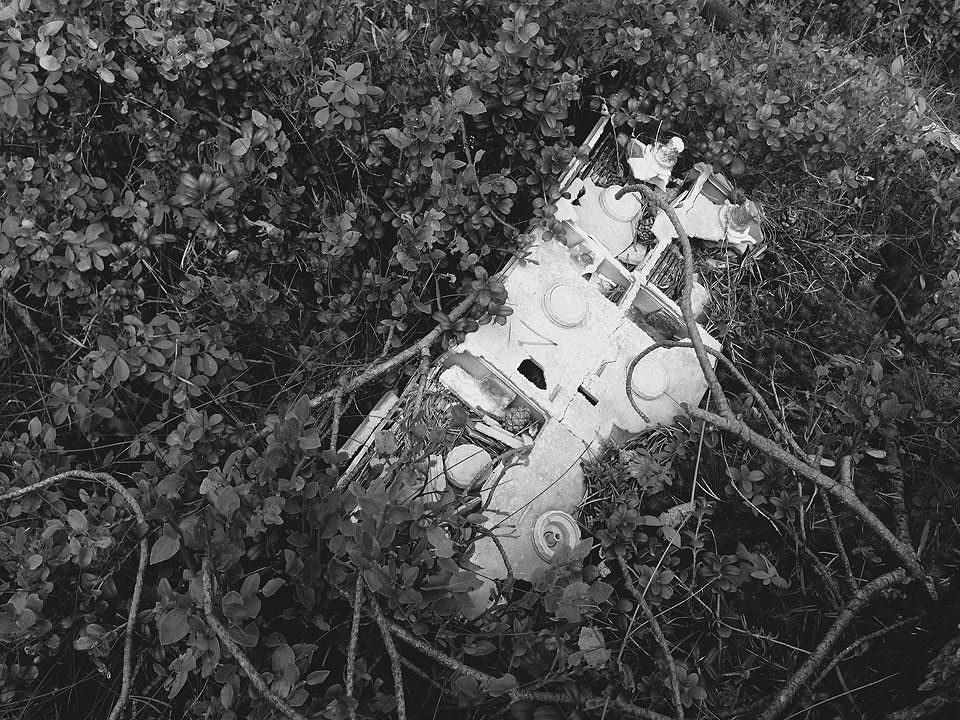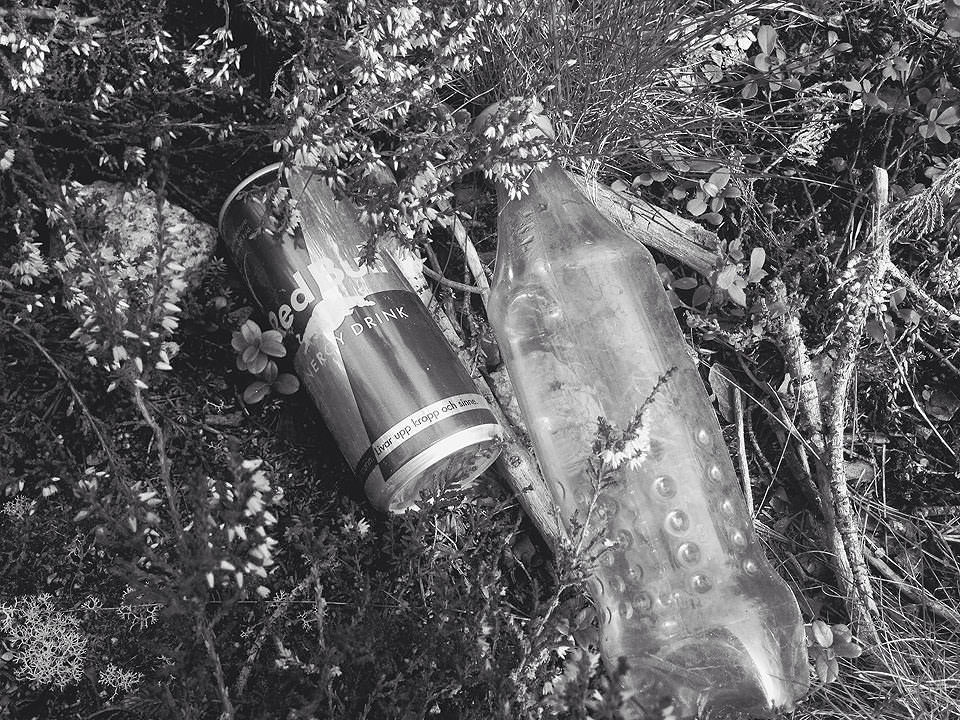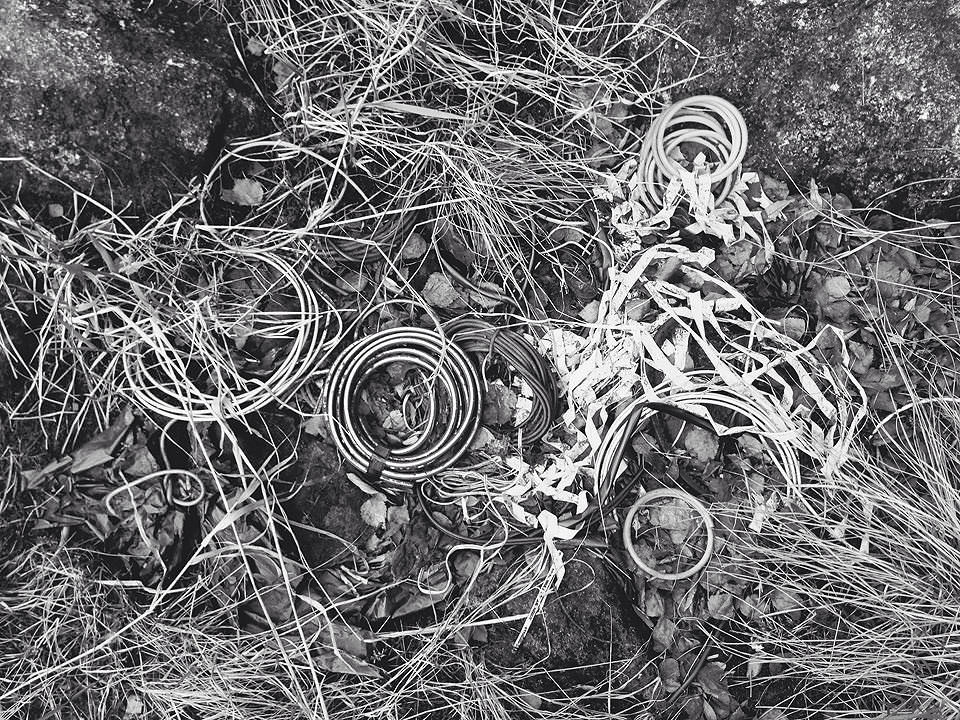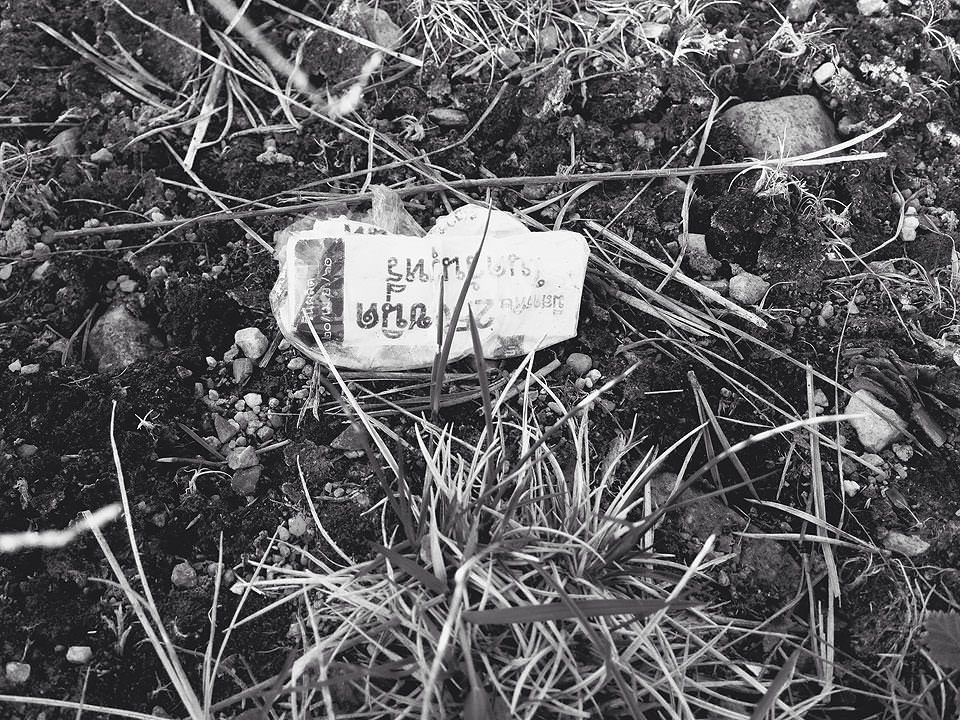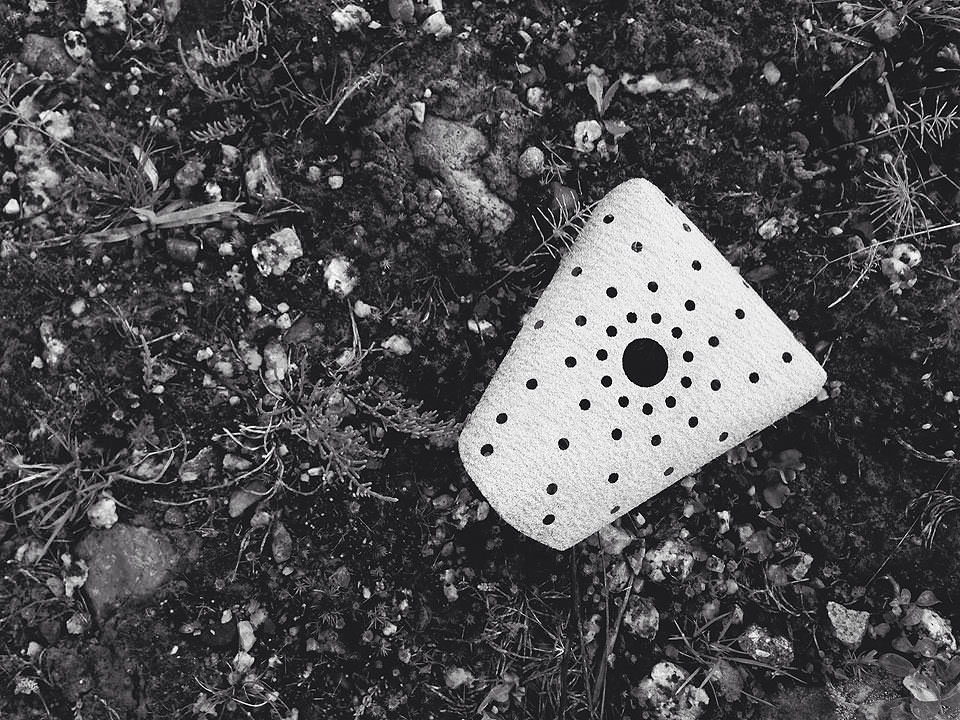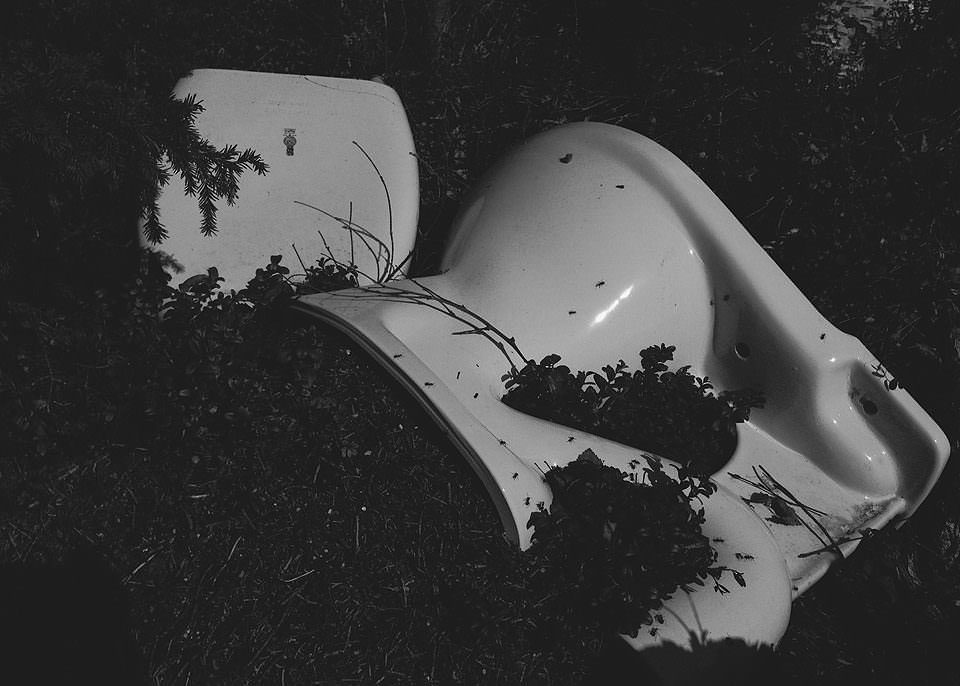Mystische Nachbarschaft
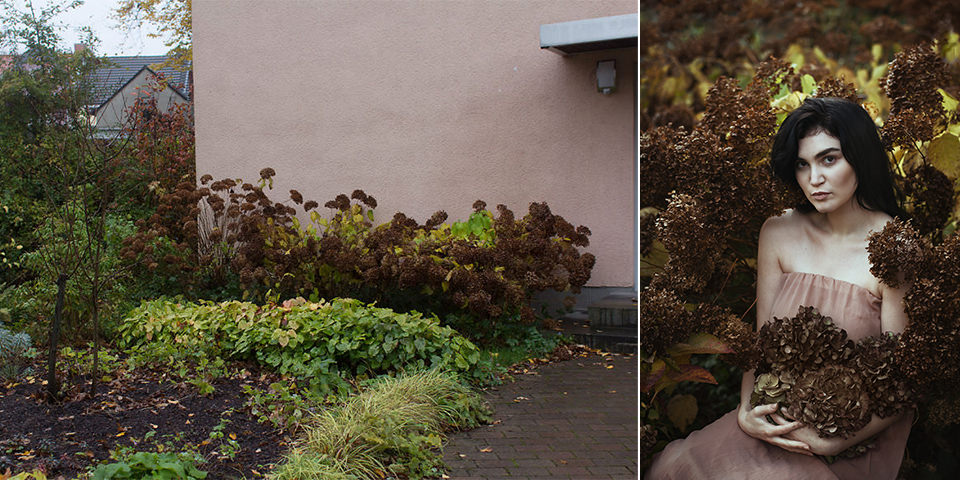
Ich wünschte, ich hätte Wiesen, Felder und Seen direkt vor der Haustür und rede mir ein, ich würde dann sicher viel mehr fotografieren. Ich lebe in einer Großstadt und in meinen Arbeiten spielt die Natur eine wichtige Rolle. Vor meiner Haustür sind aber vor allem Straßen und viele weitere Haustüren.
Um dennoch meiner Leidenschaft nachzugehen und die Art Bilder zu machen, die ich liebe, suche ich meine Locations deshalb oft in Vorgärten und an Straßenrändern. Einen Wald gibt es zum Glück auch nicht weit von hier, den möchte ich natürlich nicht verschweigen. Aber im Großen und Ganzen finde ich erstaunlich viel Inspiration an Straßenecken.
Da ich oft gefragt werde, wo und wie meine Bilder entstehen, zeige ich Euch heute ein paar kleine Beispiele, die sicher auch in Eurer nächsten Umgebung zu finden sind, egal wie grau sie auf den ersten Blick erscheint.
Mein erstes Beispiel zeigt einen herbstlichen Vorgarten, in dem ich im letzten Jahr Portraits von Modell Saskia gemacht habe. Inspiriert haben mich die vertrockneten Hortensien an der Hauswand. Ein wenig Überwindung kostet es immer, aber klingeln und um Erlaubnis zu bitten ist enorm wichtig. Am besten ist es, ein paar Beispielbilder dabei zu haben.
Im schlimmsten Fall kommt ein Nein als Antwort und man zieht halt weiter. In diesem Fall war die Nachbarin sehr freundlich und hat uns sogar erlaubt, einige der Hortensienblüten zu pflücken. Ich habe Saskia seitlich auf die Treppe gesetzt und in die Blüten hineinfotografiert, sodass man möglichst wenig von der Hauswand sieht. Im Nachhinein habe ich noch die rechte Ecke, zwischen der das Nachbarhaus durchscheint, aufgefüllt.
Sicher gibt es auch bei Euch diese Efeuhecken, die entlang von Mauern und Zäunen wachsen. Blendet man die Umgebung aus, wird aus dem Fahrradweg neben den Bahngleisen eine Location, die an Schneewittchens Welt erinnert.
Ich merke, wie ich meine Umwelt durch meine Fotos ganz anders wahrnehme. Überall sehe ich interessante Ecken, eine verwunschene Treppe neben einer Fastfood-Filiale oder einen märchenhaften Baum im Stadtpark neben der Hauptverkehrsstraße.
Das schönste Wurzelwerk habe ich bisher auch an einem weniger einladenden Ort gefunden. Es liegt entlang der Schrebergärten an einem kleinen Hang, der in den Wald führt. Gerade an kleinen Berghängen trotzen Bäume ihrer Umgebung und bilden gigantische Wurzeln, die sich immer für Fotos eignen.
Ich habe unzählige Bilder an eher ungewöhnlichen Orten gemacht, aber oft nicht die Umgebung mitfotografiert. Das werde ich in Zukunft öfter machen, um zu zeigen, welch schöne Details sich zwischen Beton und Straßenlärm verstecken, wenn man die Augen offen hält. Am Ende ist es einfach eine Frage des Blickwinkels und des richtigen Beschnitts – und schon sieht das Foto ganz anders aus.
Das einzige Problem an diesen Orten ist, dass man nie ganz allein ist. Spaziergänger*innen bleiben stehen und schauen mir über die Schulter, stellen Fragen oder holen sogar das Handy heraus und fotografieren mit. Auch gibt es leider oft irgendeine Person, die mir erzählt, dass das Fotografieren dort verboten sei. In solchen Situationen wünsche ich mir dann doch wieder ein einsames Häuschen umgeben von Wildnis.
Irgendwann wird es soweit sein. Aber bis dahin fotografiere ich weiter in meiner Nachbarschaft, die auf den ersten Blick so trist erscheint und auf den zweiten Blick plötzlich Märchenwelten erschließt.
kwerfeldein – Magazin für Fotografie https://ift.tt/2oIlyXV
Sourced by Time Trap Photography sharing the best photography tips, news and tricks throughout the industry. Time Trap Photography is dedicated to freezing those special moments in life that can be revisited and admired for generations to come. - Shannon Bourque
Please visit our main site for booking availability and rates.

Receive valuable industry knowledge delivered free to your email each day.


